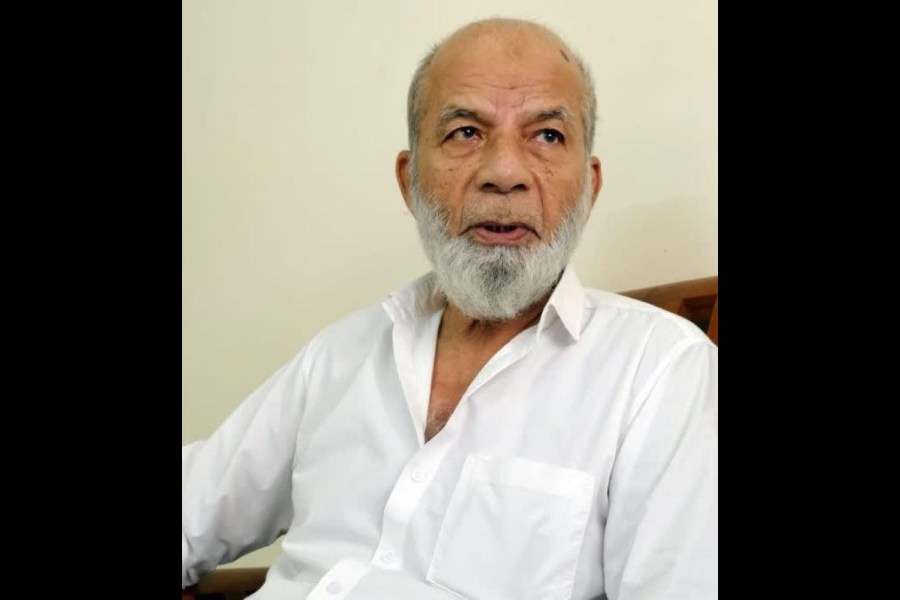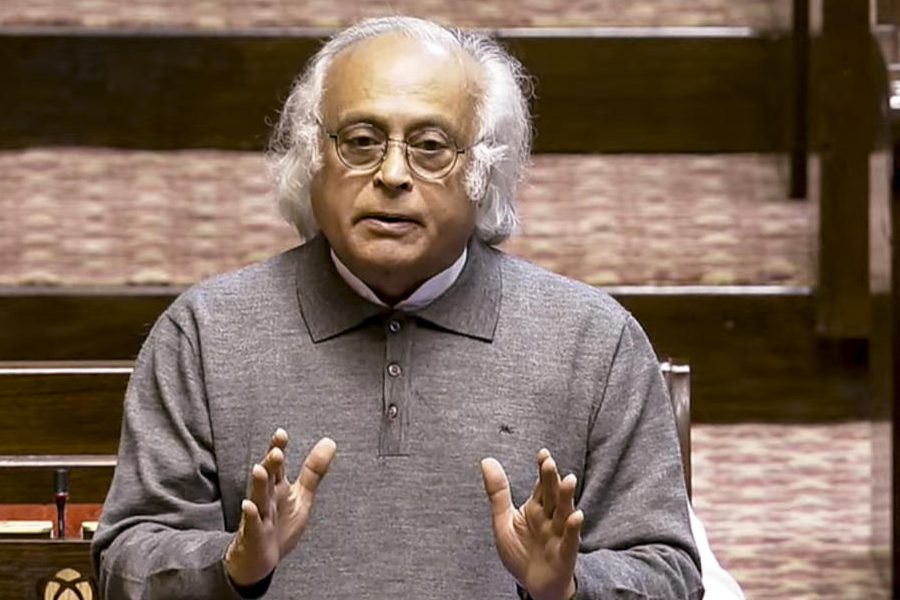 |
| Helen in Don |
Close, too close: the tranquebar book of queer erotica
Edited by Meenu & Shruti, Tranquebar,
Rs 395
It must be devilishly difficult to put together an anthology of queer erotica. So, let me say at the beginning, Meenu and Shruti are admirable editors, juggling diversity while walking the razor’s edge of quality. Their anonymity is sadly necessary. But it makes them, like most of the other contributors to this volume, alluringly unplaceable — masked, as if at a wicked ball, like the aptly-named Cruise and Kidman in Eyes Wide Shut. Masked, in spite of their effusively informative and cutely quirky bio-notes: “Feline lover, erotica painter, city interlocutor, swing singer and lover of all things delectable and eccentric, is how Nilofer’s cats sum her up.” This mix of secrecy and voluble over-familiarity — constantly assuring readers that they are PLU — is something to think about, especially in relation to the erotic. As if a delightfully fey warm-heartedness, with which you have to be instantly on first-name terms, is mandatory as compensation for queerness. This quality turns into a continually entertaining form of ‘eccentricity’ (much less challenging than queerness), making itself useful to society by livening up the boringness of everyday life. (Is over-performance, then, a peculiarly queer doom that is largely self-imposed?)
So, it becomes easier to write from the bottom of your heart than from the heart of your bottom. Think of the labyrinth of permutations and combinations that opens up the moment you allow yourself to step out of the familiar (and familial) boxes and categories, out of what 377 calls “the order of nature” — the comfort zone where making love fits perfectly with making babies. LGBT reeks of delibidinizing NGO-speak. But its four letters allow for at least a factorial of four, or 24, possible scenarios of coupling. Yet, shouldn’t queerness also take you beyond an unexamined acceptance of coupledom — especially after Obama has said that it’s okay? And once you step across that line, then the two dozen burgeon into a Boschean explosion of possibilities, even if only in your head.
But our heads are built to carry, silently and invisibly, not just one but many such gardens of earthly delight (or deserts of earthly disgust), transforming in an instant the most unlikely of settings — classroom, boardroom, bathroom and funerals, or, as this anthology deftly explores, conference rooms, hospital waiting rooms and even, in a powerful story by a transman calling himself Satya, a crowded morgue (“so many dead dicks”).
The most difficult coupling, however, is not between bodies, but between bodies and minds, sensation and thought, before and after (“Before, a joy proposed; behind, a dream”) — in short, between sex and writing. Just as Freud understood while analysing dreams that what he was interpreting were not really dreams, but dreams that have turned irreversibly into words and stories, and therefore already lost, ungraspable and unknowable, so must erotica hold in its core not the immediate truth, but the fictions of sex and sexual pleasure. Ever aware of its treacherous relationship with the meddlesomeness of language and readability, good erotica never quite gets over its uneasiness with converting the unspeakable into the palatable.
Besides, erotic writing is as much about hitting repeatedly against the limits of what you can do with your own, or with someone else’s, body as it is about pushing the limits of its medium. Even after you have dispensed with propriety, there is pain. And, when push comes to shove, Mishima and the Marquis notwithstanding, is pain, unbearable pain, really pleasurable? Especially when there are so many other, non-corporeal, ways of exercising the power to hurt (or be hurt) without putting yourself out too much and without having a lot of mopping up to do afterwards?
There is another kind of language that queer erotica has to go to bed with before it can call itself properly intelligent— the academic and para-academic discourses of identity politics, mixing foreign and desi, Butler and Spivak, and with their own (unwritten and subtly puritanical) codes of correctness when it comes to sexual transgression. It is not an accident that one of the most beautiful and far-reaching stories in this book — “Perfume” by D’Lo, “a queer Tamil Sri L.A.nkan-American” — is narrated by “an American Transgender Queer on Indian soil”. The narrator experiences with Ms Lakshmi — a schoolteacher from Vizag and a “seemingly simple woman” — the peculiar enlargement or thinning out of a ‘diasporic’ identity by learning to let go of a discursively forged notion of that very identity, if only for a durée of bliss with Ms Lakshmi: “I told her that it’s harder to release my grip from my baggage around my body. She responded with, ‘That’s why you came here, to go back home empty-handed and lighthearted.’” Writing — awkwardly positioned between the ‘mind’ of theory and the ‘body’ of pleasure, each aligned along a troubling geographical axis (West seducing East) — becomes the way out towards a roots-in-air trans-identity that dissolves the fixity of positions and places.
Such lightness is not the only achievement of this anthology, although it is taken up brilliantly in Vinaya Nayak’s closing story, “Screwing with Excess”. Nayak combines Carver’s spareness with Firbank’s decadence, and whips it all up into a perfect soufflé of Helenic lasciviousness (Helen of Bombay, not of Troy). But the title, Close, Too Close, while suggesting the playfulness of what is called ‘edging’ in porn-parlance, also evokes the suffocation of too much intimacy, the claustrophobic single-mindedness of an exclusively erotic vision of life: “Ay, in the very temple of Delight/ Veil’d Melancholy has her sovran shrine”.
Yet, the perverse and unapologetic intensity with which this ‘closeness’ — the melancholy of the intimate and the hidden — is explored in, say, the stories of Abeer Hoque, Chicu and Satya, rescues this book from the rainbow-hued feel-good that queerness is sometimes prone to reducing itself to. It is significant, too, that the editors and most of the contributors describe themselves as queer feminists. Feminism’s political agenda is ultimately emancipatory. How will it square, then, with a truly inclusive spectrum of queerness that might seek, in its outer reaches, a liberation into no less (or more) than bondage, into desire’s freedom to slip down the gradient of power towards a theatre of cruelty and abjection? As Pasolini showed us in Salò (even as the West insisted on seeing only what it wanted to see), queerness might realize itself as easily in fascism as in feminism. To be absolutely true to itself, queer eroticism may have to protect itself from its own utopian compulsions.










